Variety and production of patchwork curtains
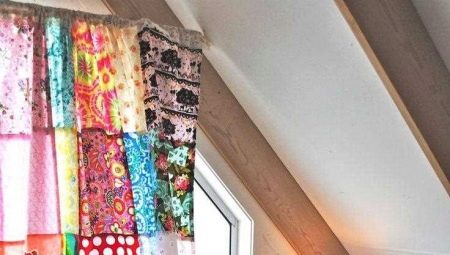
Patchwork saved our ancestors from rolls of fabric. Today patchwork is not only economical needlework, but also a fashionable direction of creativity. Patchwork curtains are used to decorate country houses and city apartments, they stylize windows, zone rooms, cover the contents of shelves. It is not difficult to assemble such a canvas with your own hands, in the article we will tell you how this can be done.

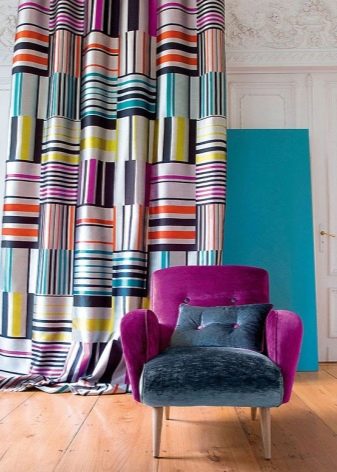
Styles
Most often, interiors are decorated with classic or Roman curtains made of rags. The patchwork canvas on a folding curtain for zoning a room looks original.
Such products are suitable for all types of country - American, Scandinavian, rustic, chalet, Provence, they are used for interior design boho, avant-garde, they are used in vintage and oriental settings.
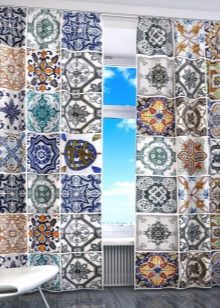
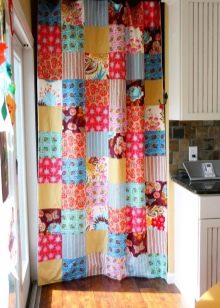
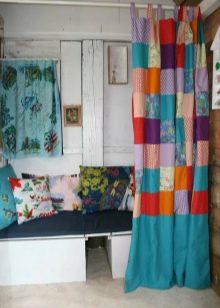
The creative direction of patchwork has many techniques: quilting, classic, oriental, crazy, borough and many others. All of them are suitable for creating unusual, beautiful and stylish curtains.
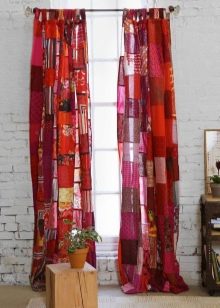
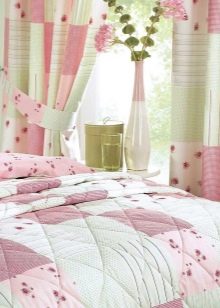
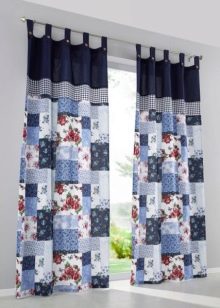
Tools and materials
A well-coordinated creative process largely depends on the correct preparation of the workplace. Tools and materials should be literally at hand. Fragments of fabrics of different colors and textures are best placed in containers so that they can be quickly found. Everything that is necessary for work should be prepared in advance:
- sharp scissors and a knife for cutting fabrics;
- ruler for sketches;
- a sewing machine equipped with needles and threads in accordance with the type of material;
- iron;
- pins for fixing fragments;
- pre-made templates;
- texture-compatible fabric trims;
- lining fabric;
- weighting tape for the bottom of the curtains;
- assembly tape for the top of the curtains.
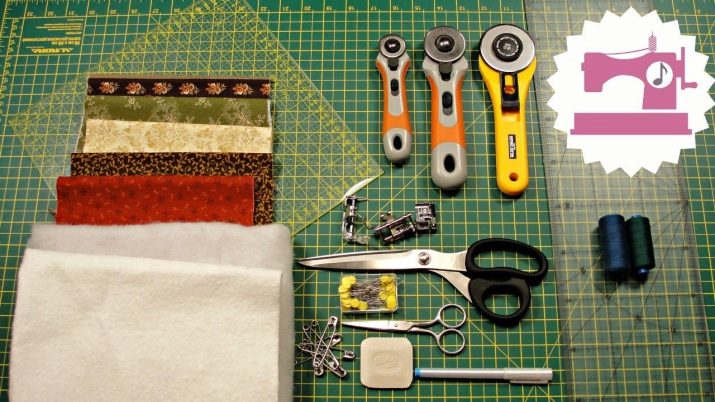
Manufacturing
Having prepared the necessary tools and materials, you can proceed to the workflow. We offer a master class for self-sewing curtains.
Preparation
Before starting work, you need to know in advance where the curtains will be located - in the hall, bedroom, children's room or in the kitchen.
The type of fabrics and the size of the canvas depend on the destination.
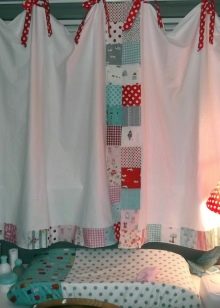
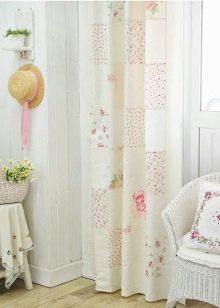

Pay attention to the prepared pieces of material, whether they are all compatible. Dense rags should not be combined with plastic knitwear; after washing, such a fabric may deform. For the same reason, before stitching, all tissue fragments are soaked in water, dried and smoothed well. Then more than one flap will not shrink during washing of the finished product.

Before ironing, fragments of cotton fabric can be sprayed with a starch solution to improve their appearance.
Then you should measure the window opening and calculate the parameters of the canvas. It is necessary to choose a sewing technique, a flap shape. It is easier to type a canvas from square or rectangular scraps.

Next, a template is made, with the help of which fragments of fabric will be cut out. At the next stage, the number of flaps on the canvas is calculated:
- for this, the length of the curtain must be divided by the length of the template;
- divide the height of the canvas by the height of the workpiece;
- multiply both results.
Simple calculations will allow you to determine the number of flaps of which the curtain will consist, and prepare them in advance.
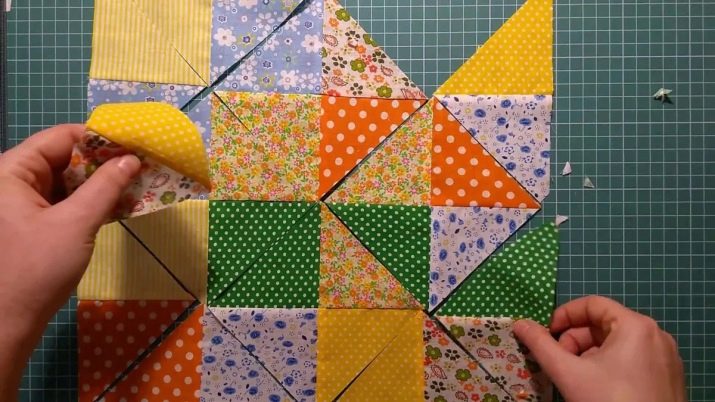
The preparatory stage includes the creation of sketches and a template. In the sketch, not only the shape of the part is drawn, but also the general drawing, if it bears a semantic load. The color scale is calculated. Most often, its dominant colors coincide with the shades of the interior or the rest of the textiles in the room. The template is drawn and cut out of cardboard, if the fragment is complex, use a ruler for patchwork.
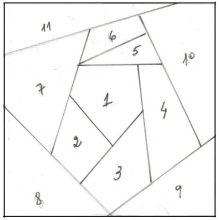
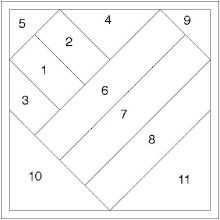
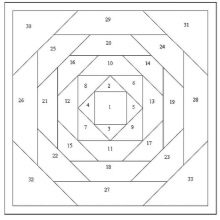
Cut open
Only a neat, crisp cut will help the numerous pieces fit together perfectly, and the entire curtain will look great. Cutting out occurs according to certain rules.
- Using a template and a piece of chalk (or dry remnant), details are drawn on the fabric. It should be remembered that all fragments are cut out taking into account the shared thread, otherwise the future product will quickly lose its shape.
- For beginner craftswomen, it is better to use two templates, one of which is prepared taking into account the allowances (more by a few centimeters).
- For a comfortable cut, and later sewing, safety pins are used to fix the flaps.
- The fabric is cut with sharp scissors. A roller knife is also used.


If the block method is used, each element included in the block is cut out and numbered.
But for novice needlewomen it is more convenient to choose a large square as a basis and just carefully cut the required number of flaps.
Assembly
When all the elements are cut out, you can start assembling. It is important not to forget about the direction of the shared thread.
- First, according to the scheme, blocks are assembled from small fragments.
- Then they are lined up in lines equal to the width of the curtain.
- The resulting long parts are sewn together and get a finished patchwork fabric, which is the basis of the curtain.
- A lining is cut from a single piece of fabric, which is the same size as the patchwork.
- The lining material and the patchwork curtain are folded face to face, they must be sewn on three sides.
- Then the product is turned right side out and the fourth side is stitched with a blind seam. The seams are smoothed out and the curtain is ready.
- A weighting tape can be sewn down, but this is not necessary for a massive curtain. A curtain tape is sewn along the upper inner line of the curtain, with its help the product is attached to the rings of the cornice. This same tape can give a nice gather on the canvas.

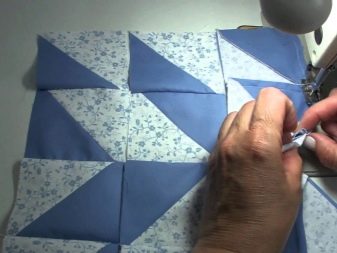
An important point: during the assembly of the canvas, each detail is ironed, then the elements easily coincide with each other, and the finished product looks perfect.
Beautiful examples
Patchwork curtains are perfect for creating beautiful and home-like interiors:
- a patchwork-style sliding curtain divides the room into zones;
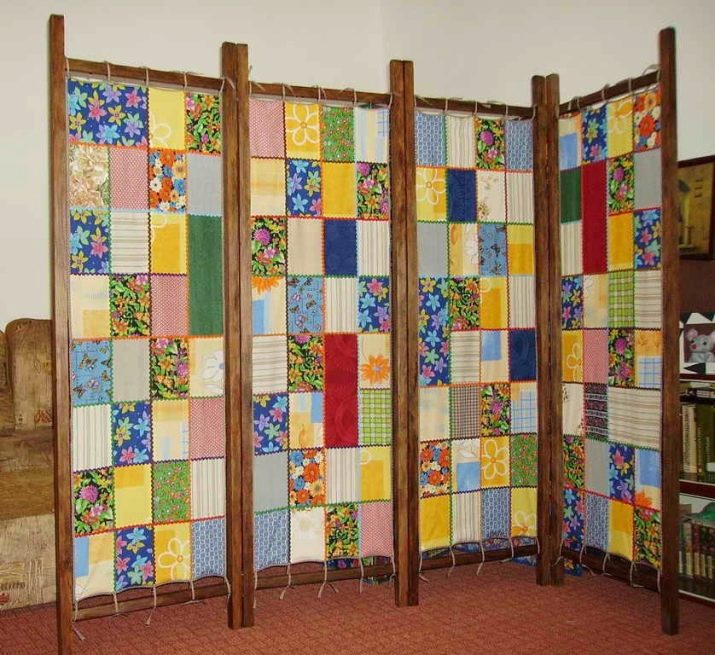
- an unusual curtain decorates the bathroom;
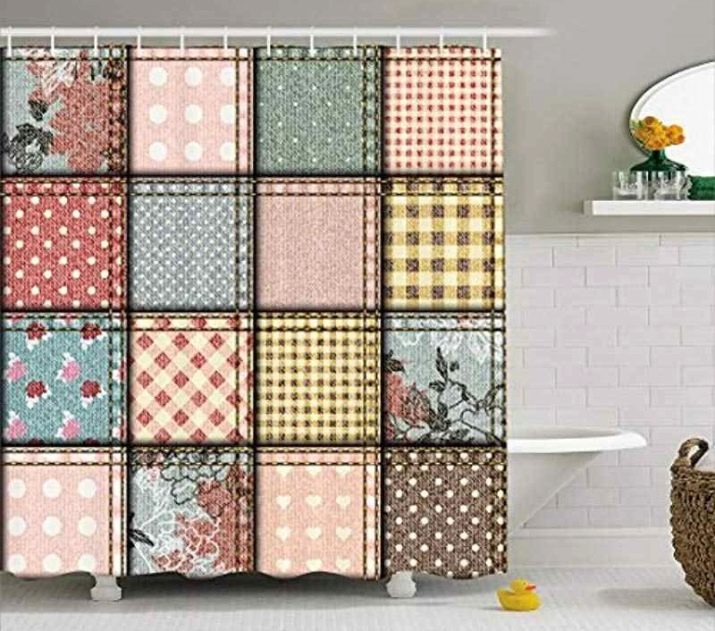
- delicate textile set for the dining room;
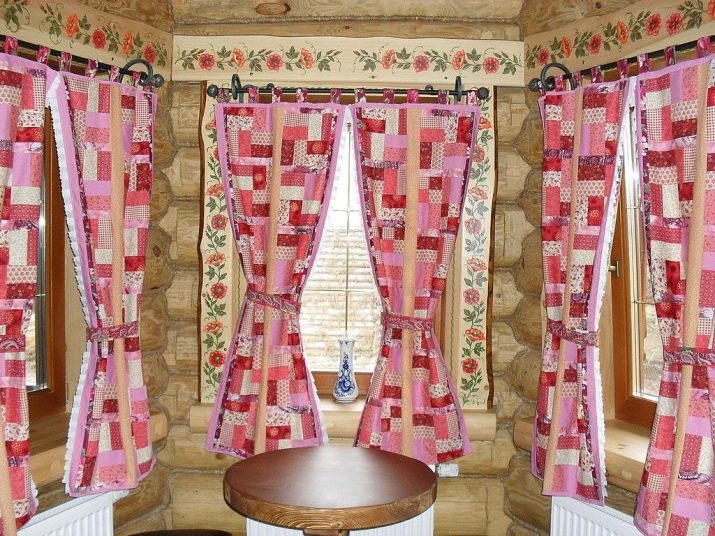
- curtain for the stove;
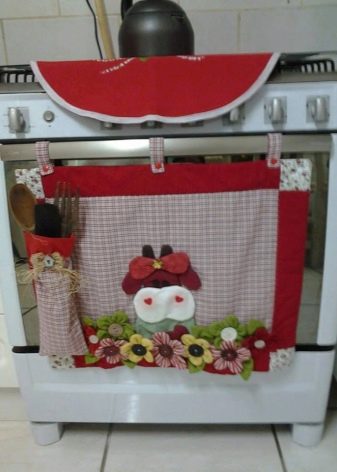
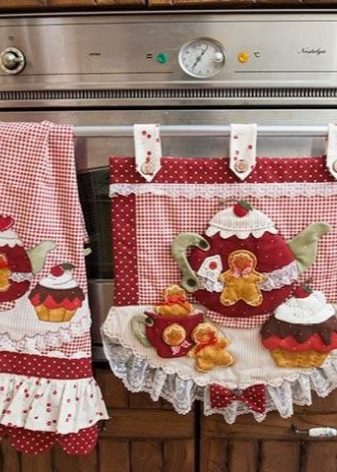
- crochet patchwork;
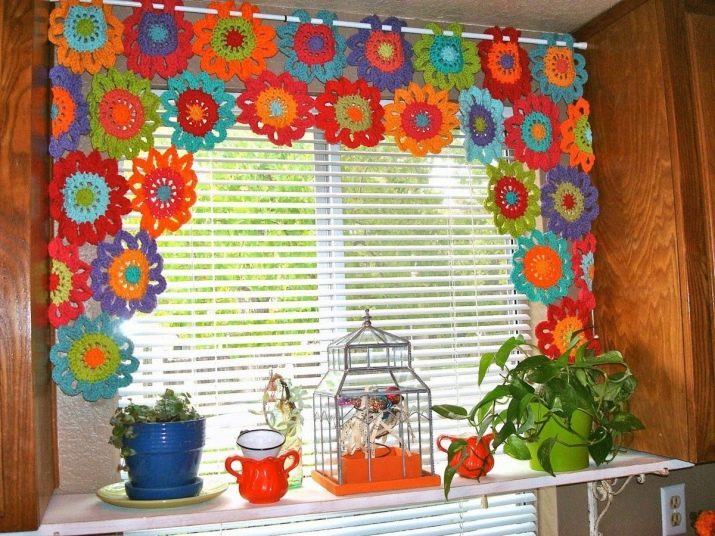
- Roman blinds made of strips of fabric;
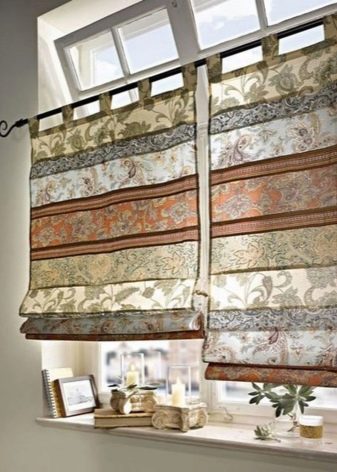

- the flavor of the rustic style.
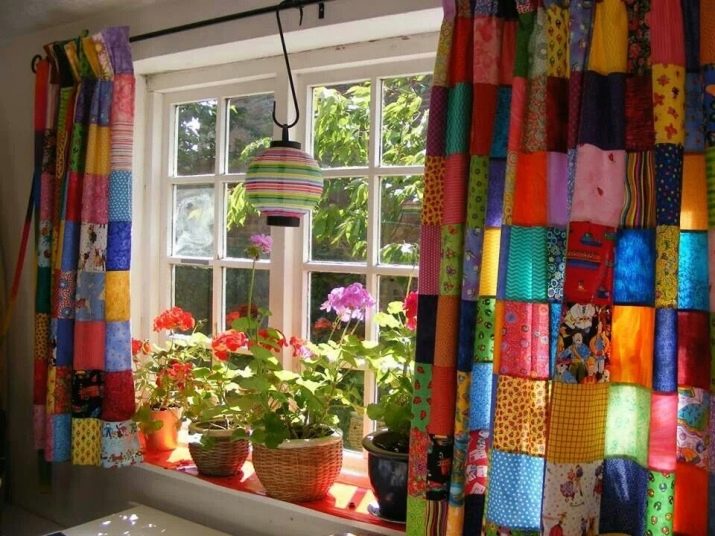
Patchwork curtains in any room will make the interior unique.
A master class on sewing patchwork curtains in the video below.








